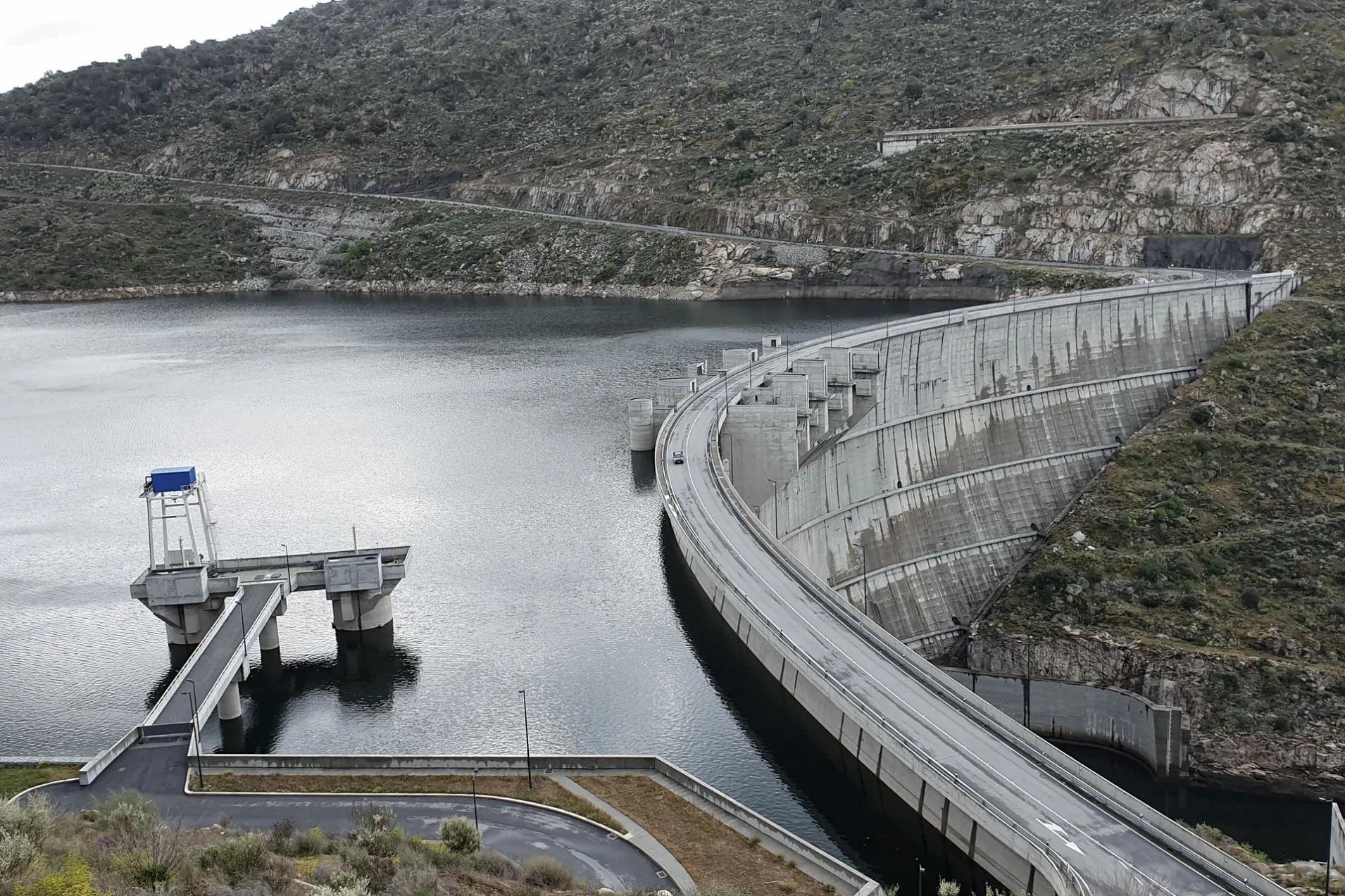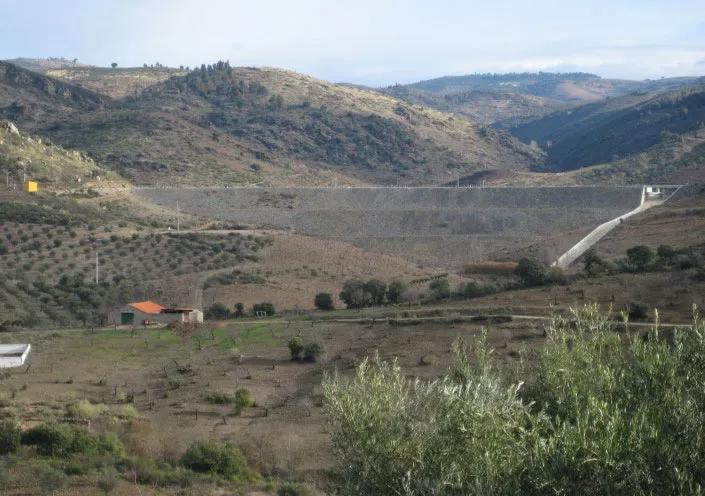
Flood Warning Systems for Dams
Sirens for dams safety and flood warning – when there is a risk of flooding, time is of the essence
There are thousands of dams around the world. Rivers are dammed using reservoirs for drinking water supply, for irrigation or for the generation of energy using hydropower. In mining, mining companies create dams or retention basins for water and for the sediments that remain after rinsing the mining product, such as copper, iron ore, gold or silver. This sediment, whether it is liquid, mud or stone, is often toxic or radioactive. Dams like these present a fundamental risk to the population living in their vicinity. Even if they were originally designed to be safe, ageing of the materials, storms, earthquakes as well as human error can cause a dam to burst. When dams burst, masses of water or mud plunge into valleys and civilians are often left with little time to get to safety.
As well as establishing a safe work environment for the miners and dam workers, a strong emphasis also needs to be placed on civil protection. This applies to surface mining as well as to hydropower plants and reservoirs for water supply. This is why sensors are used to monitor the dam structure and trigger a predefined warning and information process in the event of imminent danger. A clear warning needs to be sent out within seconds. And not just directly at the dam itself, but also across the entire area that is at risk of being flooded by the tidal wave or mud slide. Siren warning systems are essential in this context. They are loud and clear. This is why they are not only installed in the mining area, but also along the possible route that the water or the mud may take if a dam breaks or if there is a planned opening of the locks. In addition to raising the alarm in an emergency, they are also used to warn people in case of tidal waves, for example when large amounts of water are specifically drained off.
Siren system requirements for dams
- Alarm signal must be able to reach everyone in the entire danger area
- Tripping in seconds
- Availability must be independent of the power grid
- Every necessary communication infrastructure must be possible
- Integration into national warning systems must be possible
Warning systems for hydro or tailing dams - how sirens protect the public
Siren warning for hydro dams
Sirens are ideal warning systems for dams - easy to integrate into the warning infrastructure, reliable, very low-maintenance and operational for many years. They warn people downstream quickly and unambiguously of the water masses flowing into the valley through controlled release or, in the worst case, through a dam failure. Therefore all over the world, dam operators rely on siren warning systems from HÖRMANN Warnsysteme. Do you have any questions? Please contact us without obligation.
Siren warning for tailing dams
People living below mines are at risk of a tailing dam break. Operators therefore rely on early detection of weak points. However, should a dam burst, employees and the population must be warned quickly. Electronic sirens are ideal for this purpose. Integrated into a warning infrastructure, they provide a quick and clear warning of the danger and can thus save lives.
Components of a siren warning system for reservoirs, dams and retention basins

Control units
The dam is mostly monitored on site. The on-site control centre usually has all the information and is responsible for triggering sirens in a matter of seconds in case of imminent danger. This is primarily the case for private operators of mines or hydropower plants. One control centre is often sufficient, but sometimes there are two. It is not uncommon for government agencies to be given another control centre or to be included in a network with those of the dam operator. In the case of state-owned energy providers who operate several hydropower plants, and also in the case of larger plants, the local control centres are generally supplemented by one or more central control centres which are all connected in one network. Sometimes there are also backup centres. Large infrastructures like these are usually managed via PC-supported control centres and CCCS operating software. Siren warning systems for dams are usually small to medium-sized siren networks with the MCE gateway as a standard component in the control unit, supplemented by a remote control panel or external solutions for triggering. In this instance too, the communication structure is designed so that the alarm can be raised within a very short time. The MCE gateway demonstrates its flexibility here as its scalable hardware and many interfaces enable networked master-slave control centres as well as individual, also networked, redundant control centres to be established.
Sirens
Dams can feature siren warning systems with just one siren all the way up to siren networks with several hundred sirens. But this is the exception. Usually warning systems comprise up to 25 sirens. These often need to be installed several kilometres away from the dam. Our experts determine the optimum siren locations using sound propagation analyses and the required siren output for the relevant site. Communication options and a guarantee of the power supply also need to be taken into account. Electronic sirens such as the ECN-D can be optionally operated by local solar panels and are therefore separate from the power grid. However, they are still able to maintain the alarm signal at the same output for at least 30 minutes. They are also able to output voice texts and announcements and therefore also have an information function in addition to their warning function.


Communication
Communication between the control centres and the sirens needs to be flexible because when it comes to dams, the infrastructures can differ vastly from one case to another. The control units usually communicate with the sirens wirelessly, but our sirens are also linked via Modbus RTU or other communication channels. The MCE gateway provides the required communication flexibility thanks to its flexible interfaces and wide-ranging support for standard communication protocols, whether this is to the sirens, between control centres or via I/O interfaces with solutions from third-party providers. By developing our own hardware and software, we are able to react to every need and establish appropriate concepts.
